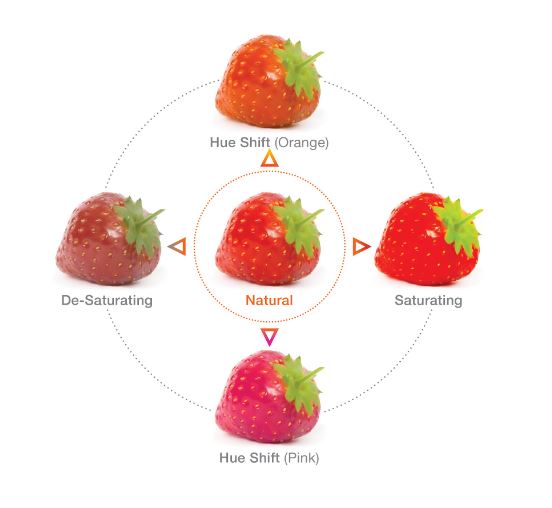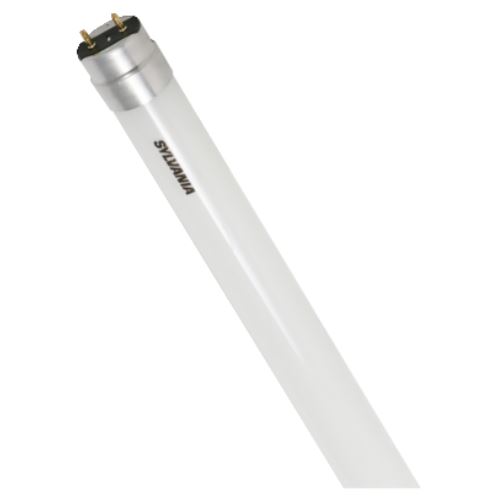When it comes to lighting, the way colors appear can make or break the look and feel of a space. That's where the Color Rendering Index (CRI) comes in. But what is CRI, and why is it so important for choosing the right lighting? In this guide, we’ll explain everything you need to know about CRI, including how it’s measured, why it matters, and how to choose the right CRI for your lighting needs.
What Is the Color Rendering Index (CRI)?
The Color Rendering Index (CRI) is a scale that measures how accurately a light source renders colors compared to natural daylight. The CRI scale ranges from 0 to 100, with 100 being the best possible color rendering—essentially the color accuracy of natural sunlight. A higher CRI means that colors appear more vibrant and true-to-life under that light, while a lower CRI may result in dull or distorted colors.
Importance of CRI
CRI is important because it directly impacts how we perceive colors under artificial lighting. Whether you’re setting up a workspace, designing a home, or choosing lighting for a retail environment, CRI affects how colors appear. The right CRI can make colors look more vivid and accurate, which is especially important for tasks that require color precision, such as makeup application, artwork, or product displays.
For example, a light source with a low CRI might make a red dress look more orange, or distort the colors of fruits in a grocery store display. On the other hand, a light with a high CRI will show colors more clearly and true-to-life, enhancing both aesthetic appeal and functionality.

How do we Measure CRI?
CRI is measured by comparing how a light source displays a set of eight standard colors—red, yellow, green, blue, cyan, magenta, white, and black—compared to how those colors appear under natural sunlight. The light source’s CRI score is determined by how closely the colors match their appearance in daylight. The higher the score, the better the light source is at reproducing accurate colors.
Here’s how different light sources compare in terms of CRI:Light Source
| CRI Range
|
Sunlight
| 100
|
Clear Blue Sky
| 90-100
|
Halogen Light
| 95-100
|
Incandescent Light
| 95-100
|
LED Light
| 90+
|
Energy-saving Bulbs
| 80-90
|
Fluorescent Light
| 55-90
|
Sunlight, with its perfect CRI of 100, is considered the gold standard for color accuracy. Halogen lights and incandescent bulbs also excel in this area, making them ideal for tasks requiring precise color rendering. LED lights, known for their high efficiency, achieve CRI of 90 or above, offering versatility for various applications. Fluorescent lights vary in CRI depending on the type, with some providing good color rendering while others may distort colors. In contrast, sodium-vapor lights, commonly used for street lighting, have a low CRI, making them unsuitable for tasks that demand accurate color representation.

Consider the Type of Light Source to Choose the Right CRI
Different light sources have different CRI scores. If color accuracy is important to you, opt for light sources with a high CRI, such as halogen, LED, or incandescent lights. If you're looking for energy efficiency and don't mind a slight color distortion, energy-saving bulbs or fluorescent lights may be suitable.

Different CRI Match Different Application
Choosing the right Color Rendering Index (CRI) for different applications is essential to achieve optimal lighting results. For general home lighting, a CRI of 80-90 typically suffices, providing natural-looking illumination suitable for daily activities. Makeup application benefits from a CRI of 90 or above to ensure accurate color rendering, allowing your makeup to appear consistent across various lighting conditions. Similarly, art or photography requires a CRI of 90-100 to capture true-to-life colors, ensuring every detail is vividly represented. In retail spaces, high CRI lighting is key to presenting products—especially clothing, food, and cosmetics—in their best light, enhancing their appeal to customers.
High CRI Lighting: The Right Choice for Your Space
For spaces where color accuracy is essential—like kitchens, workspaces, or art galleries—investing in high CRI lighting can make a huge difference. LED lights with a CRI of 90 or above are an excellent choice, as they are energy-efficient and offer vibrant, natural-looking light.
Conclusion
In summary, the Color Rendering Index (CRI) measures how accurately a light source renders colors. A higher CRI (close to 100) ensures colors appear vibrant and true-to-life, while a lower CRI can cause colors to appear dull or distorted. By considering the type of light, the specific application, and the environment, you can choose the right CRI for your lighting needs. Whether you’re lighting a home, office, or retail space, selecting the right CRI will enhance both the aesthetic and functional quality of your lighting.



